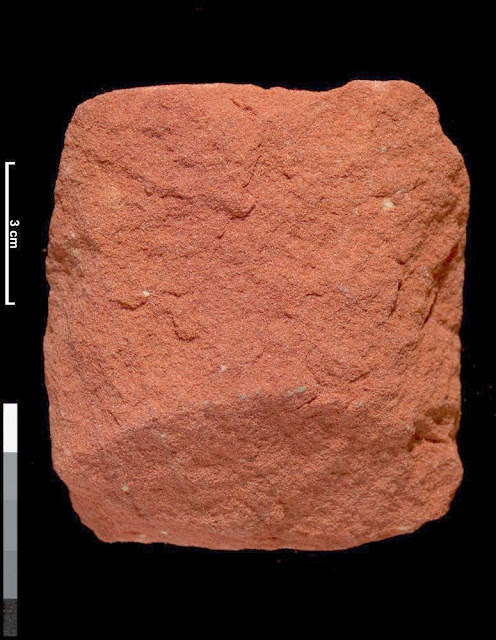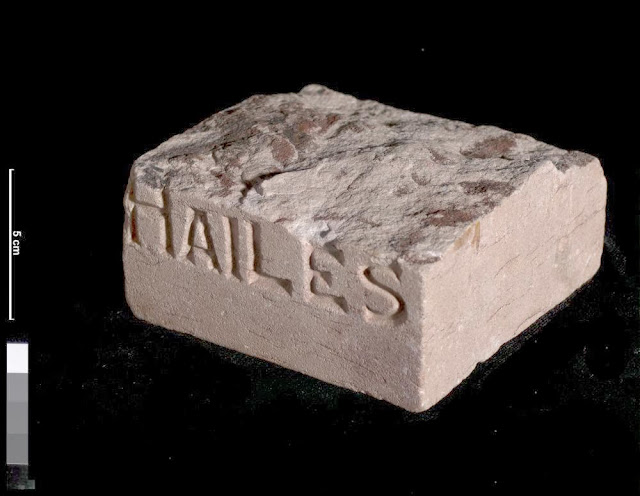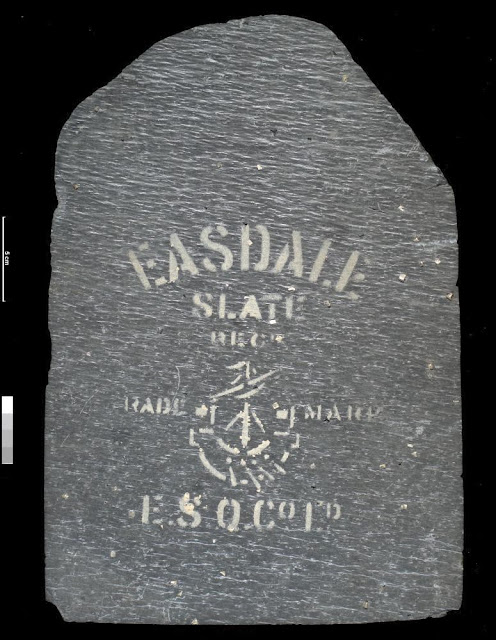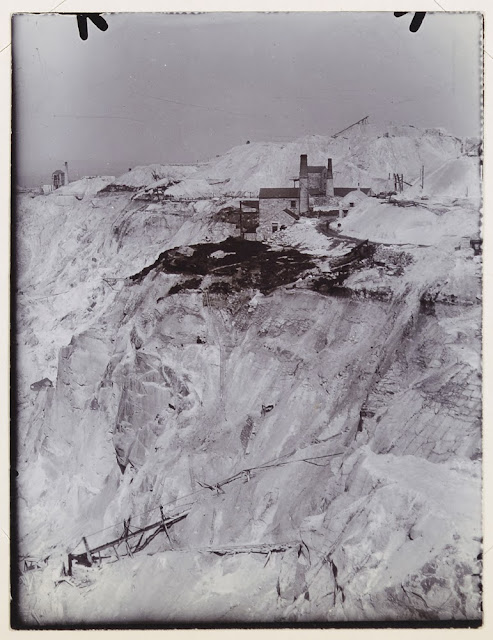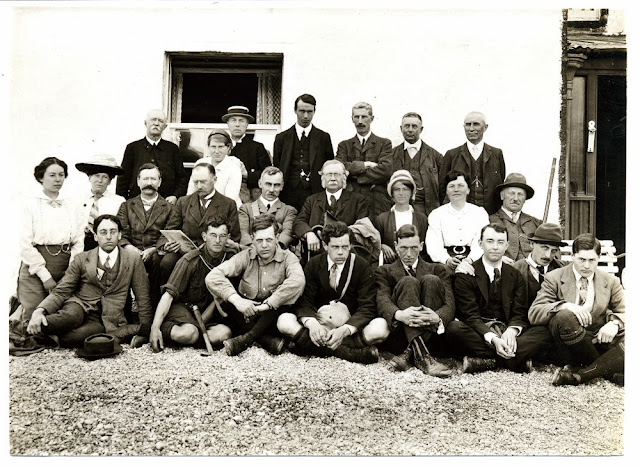 |
| BGS image ID: P883132 |
Participants include John Horne, middle row, fourth from right (with moustache and prominent side-burns) Rachel Workman (later to become Lady Rachel MacRobert), middle row, third from right. Sir Alexander MacRobert is in the back row on the far right. Edward Battersby Bailey, front row, second from the right (with hat)
Rachel Workman and Sir Alexander MacRobert married in 1911.
The photograph was possibly taken before/after a trip to Sweden, Norway and Lapland in 1909/1910. The trip included a stay with the Emperor of Lapland as well as with Dr Lundbohm, originator of the Swedish Ironworks. Rachel Workman's diary also mentions a Mr. Bailey, a young Highland surveyor, we believe Bailey is front row, second from the right (with hat).
Places mentioned in Rachel Workman's diary are Narvik and the snow mountains of Torne Trask and Gellivare.
Many thanks to Vicky Duke of the The MacRobert Trust who supplied most of this information and the identification of Rachel Workman (Lady Rachel MacRobert).
Does any reader know any of the other participants or able to provide information about the background to the trip e.g. was the trip related to the 1910 International Geological Congress held in Sweden in 1910?
Bob McIntosh




